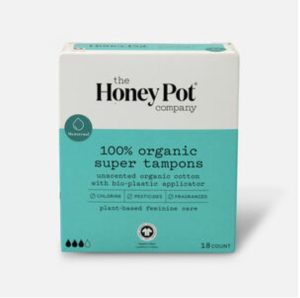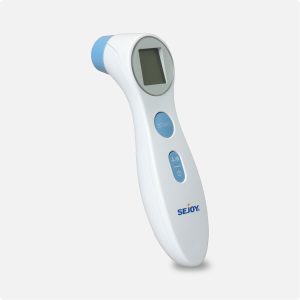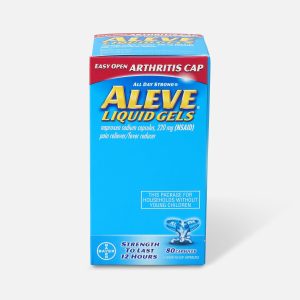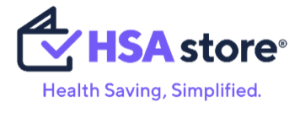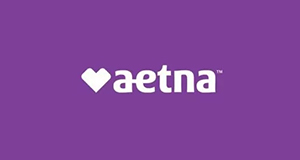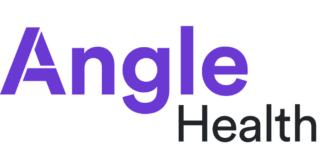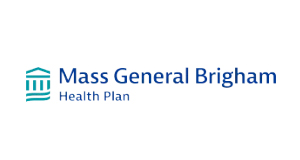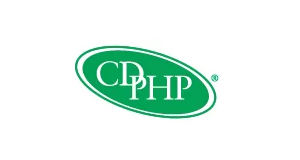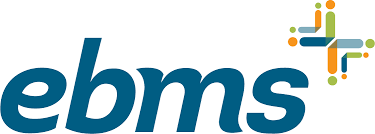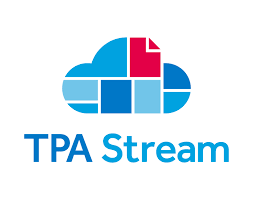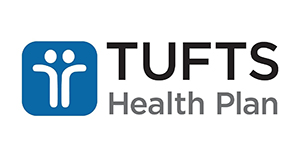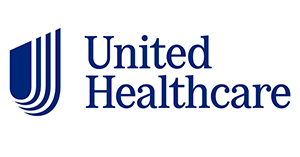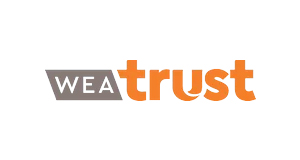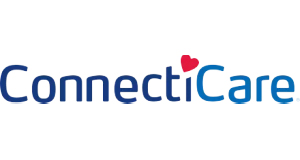How to Create an HSA Spending and Saving Strategy for 2022
Table of Contents
With 2022 just around the corner, what better time than now than to come up with a HSA spending and saving strategy? As your HSA is an account you can pull money from, it's important to see how it ties into your larger spending plan.
A bright spot in an otherwise gloomy 2020 into 2021 is that qualified health expenses for HSAs have expanded. With the passage of the CARES Act last year, and the IRS declaring PPE eligible in 2021, there's now greater flexibility in what is eligible in terms of HSA spending. Here's what has changed:
The Honey Pot Organic Tampons, 18ct
Expansion of Eligible Medical Expenses:
- Tax-advantaged accounts such as HSAs, Health FSAs, Archer MSAs, and HRAs now reimburse the cost of menstrual care products — think sponges, cups, liners, pads, and tampons.
- A prescription is no longer needed to purchase over-the-counter drugs and medicines with your HSA funds.
- Personal protective equipment (PPE) such as masks, hand sanitizer, and sanitizing wipes to prevent the spread of COVID-19 became HSA eligible expenses.
Make sure to hold on to your receipts for any or all HSA-eligible medical expenses. Whether you keep them in a stack and stash them in a safe place, or snap pics and save them to a file on your drive, trust that these receipts will come in handy during tax season.
Telehealth Covered:
And on a related note, telemedicine and telehealth services are temporarily covered. This kicked in starting March 27, 2020 and only applies to plan years starting on or before December 31, 2021. Additionally, a high-deductible health plan (HDHP) would cover these services without a deductible or below minimum deductible and the individual can still contribute to the HSA under that plan.
As these are relatively new changes, keep a lookout for any updates. A good place to start is the HSA Store's Learning Center, or the IRS's Coronavirus resources page.
Know Who Is Covered
As outlined in the IRS Publication 969, eligible individuals that are covered under an HSA include:
- You
- Your spouse
- You, or your spouse if filed jointly, could be claimed as a dependent on someone else's tax return in 2019
- Any HSA dependents you claim on your tax return
- Anyone you could've claimed as a dependent, but weren't able to, because they filed a joint return, or earned more than $4,200.
Sejoy Infrared Forehead Thermometer
Aleve Arthritis Liquid Gels, Easy Open Cap, 80 ct.
Estimating Your HSA Contribution
It's hard to predict exactly how much you'll need in 2022 for health-related expenses. But an educated estimate is a good place to start. See how much you spent in the current year, and go from there. Your personal medical expenses covered by an HSA can include any of the following:
- Prescription medication
- Over-the-counter medications and supplies
- Menstrual care products
- Anticipated co-pays
- Your annual deductible
Want to know how much you'll save in taxes now and into the future with an HSA? Use our HSA Calculator to find out.
Create a Health Savings Account (HSA)
Now for the fun stuff. How much you decide to stash away each month is a key part of your HSA spending and saving strategy.
But the more you tuck away, the more you can use toward medical expenses. Some of your medical expenses, such as your deductibles, co-pays and eligible expenses, can come out of this account.
And let's not forget the triple-whammy tax benefits of an HSA: Money you put into your HSA account can bump down your taxable income, and withdrawals made for qualified medical expenses are tax-free. And should you decide to invest the funds in your HSA, any earnings are also tax-free.
Commit to auto-contributing a set amount each month or week. In 2022, the contribution limits for an HSA is $3,650 for individuals, and $7,300 for families (SHRM). If you're age 55 and up, you're eligible for a HSA catchup contribution of $1,000.
If you can swing it, contribute regularly into your HSA account so you hit the max. With the max contribution at $3,650 in 2022, you'll want to auto-save $70.19 a week, or about $304 a month. If you're eligible for the family contribution limit, which for 2022 is $7,300, set your savings on auto-pilot: commit to stashing $140.38 a week, or $608 a month.
Review Your Health Insurance Premiums
The close of a plan year is an opportune time to review your plan and make sure it's still a good fit for you. Unless you qualify for a special enrollment period, this is the only time you can change your plan. Here are a few questions to ask yourself:
- Have you experienced a major life event? For instance, had a family, got married, got divorced, lost your job, or is one of your kids no longer a dependent and are leaving the nest? (Note, you might also qualify for a special enrollment.) If so, how might that impact your health insurance needs and costs?
- Have you moved to a different state? Which insurance carriers and plans are available?
- Do you anticipate requiring more medical treatment, prescription medication, and trips to the doctor?
- Has there been a significant change in your financial situation?
- If you're on an HDHP for 2021, would it be best for you to continue to stay on a HDHP for 2022? And vice versa?
Getting the ball rolling on your HSA spending and strategy for 2022 and beyond will position you for success. Less hassle, less worry, and ultimately less work during the holidays, when it's bound to get a bit hectic. Godspeed!
This article originally appeared on HSAStore.com

